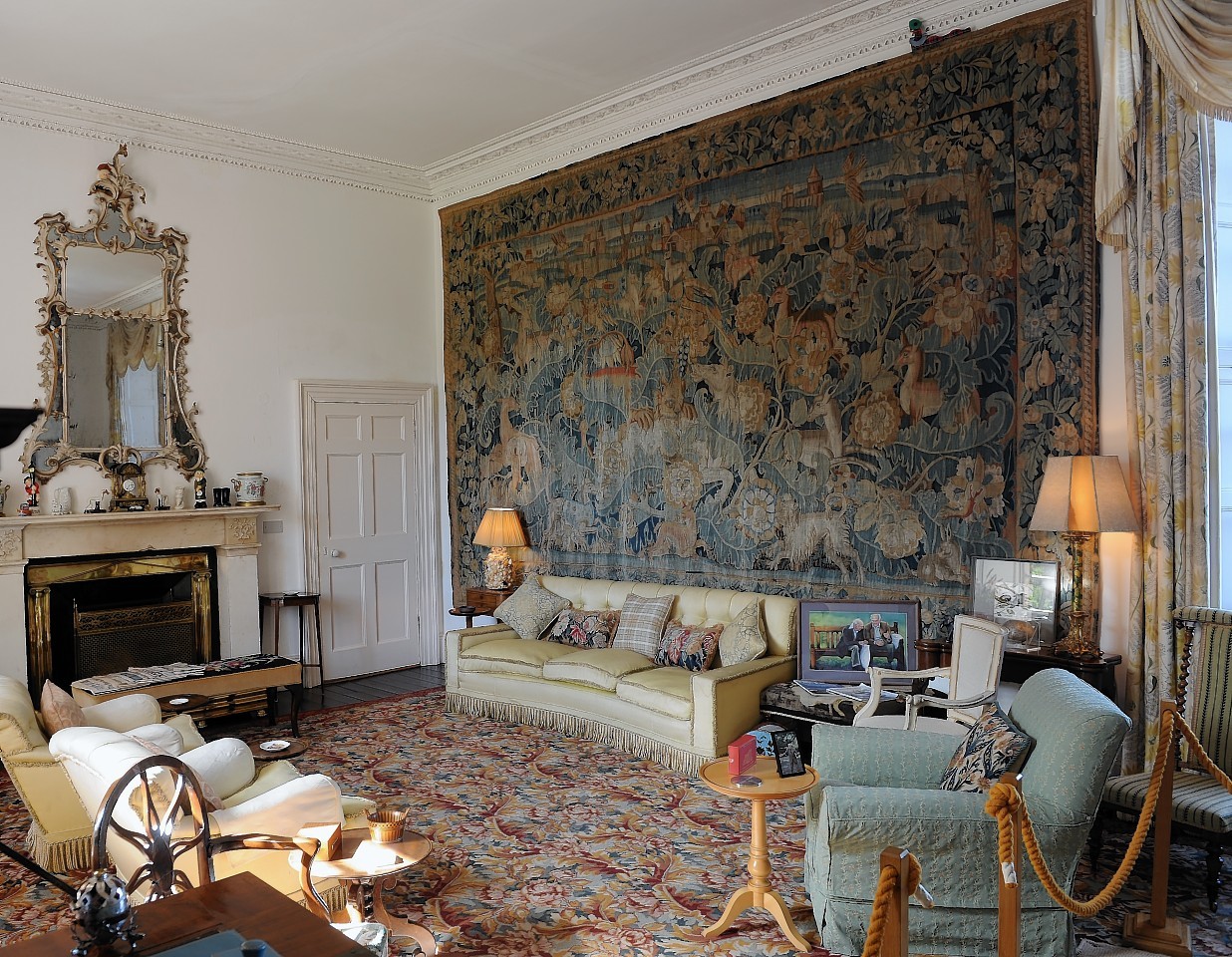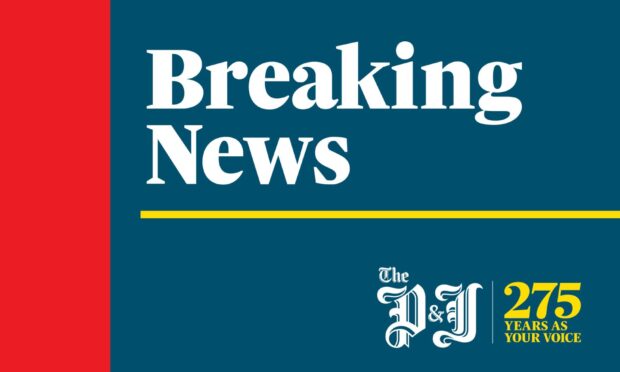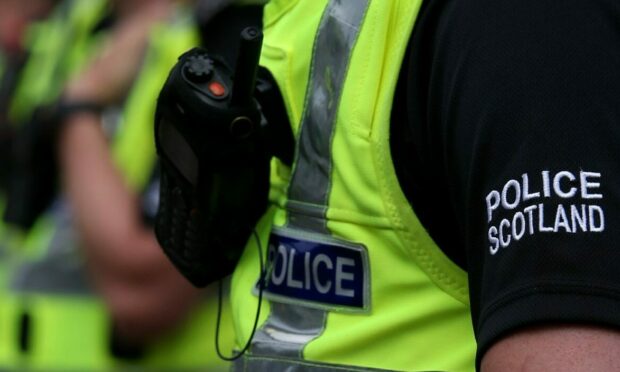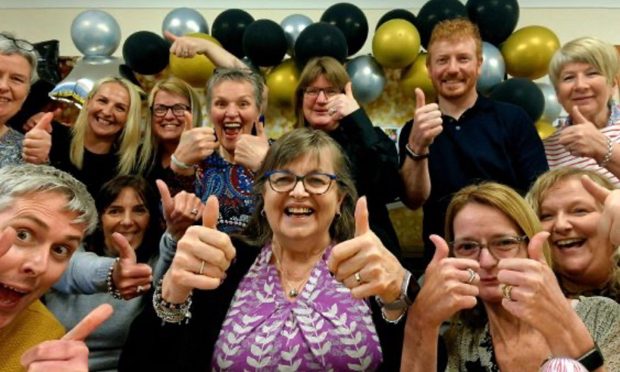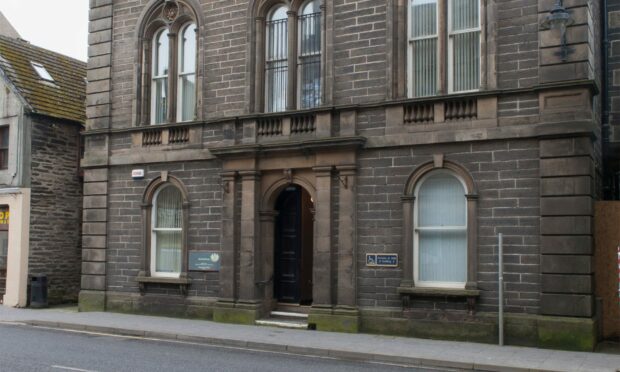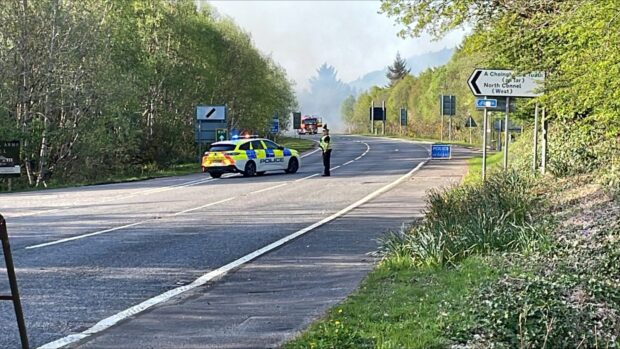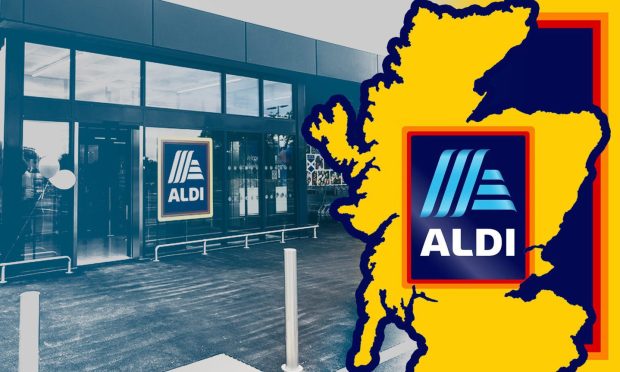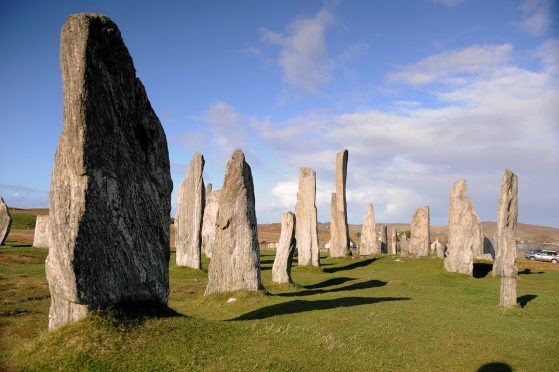It was bought as a “statement piece” for the Queen Mother’s home in the Far North, where its origins remained a mystery for decades.
But now, the secrets of the famous Castle of Mey tapestry have finally been revealed.
Legend has it that the Queen Mother, when she was Queen, bought the striking tapestry hoping that one day she would be able to hang it in her very own castle.
After restoration, renovation and modernisation of the only property she ever properly owned, the Queen Mother’s first guests arrived at the Castle of Mey in 1960 and there, resplendent, dominating the drawing room, was the sixteen foot by ten foot tapestry dating from the late 1590’s fitting, by sheer coincidence, the north wall exactly.
No-one, including the Queen Mother, knew its origin , or the location of the magnificent medieval city, a resplendent backdrop along the top of the tapestry on the edge of a forest where the main dramatic hunting scene is enacted.
The mystery hidden in the tapestry, woven in wool and dyed using natural colourants, has never been solved – until now.
The 2016 castle newsletter reveals to the Friends of the Castle of May that the town in the tapestry is Kortrijk, the largest town in South West Flanders, Belgium..
The discovery is described in the newsletter by the Castle of Mey Trust’s archivist, Barbara L. Hiddleston.
She says:” The Medieval city, complete with its defence walls, towers and church crowned by its tall spire has never been the subject of identification. But during a tour last year led by our multilingual guide, Susanna, one of her group recognised it. Speaking to her in Dutch he told her it was Kortrijk. He recognised the medieval church by is distinctive wooden tower and tall spire.
“In the tapestry it is the centre of the city landscape and framed by birds. This is the Church of St.Martin of Tours and dates from the 13th century.
“Also recognisable are the iconic Broel Towers, that flank the bridge over the river Lys. Both have been rebuilt during the turbulent history of the city.
“The Artillery Tower, built in 1301, with its distinctive terracotta colour, together with the Broel Towers are the last remains of the Medieval city.”
